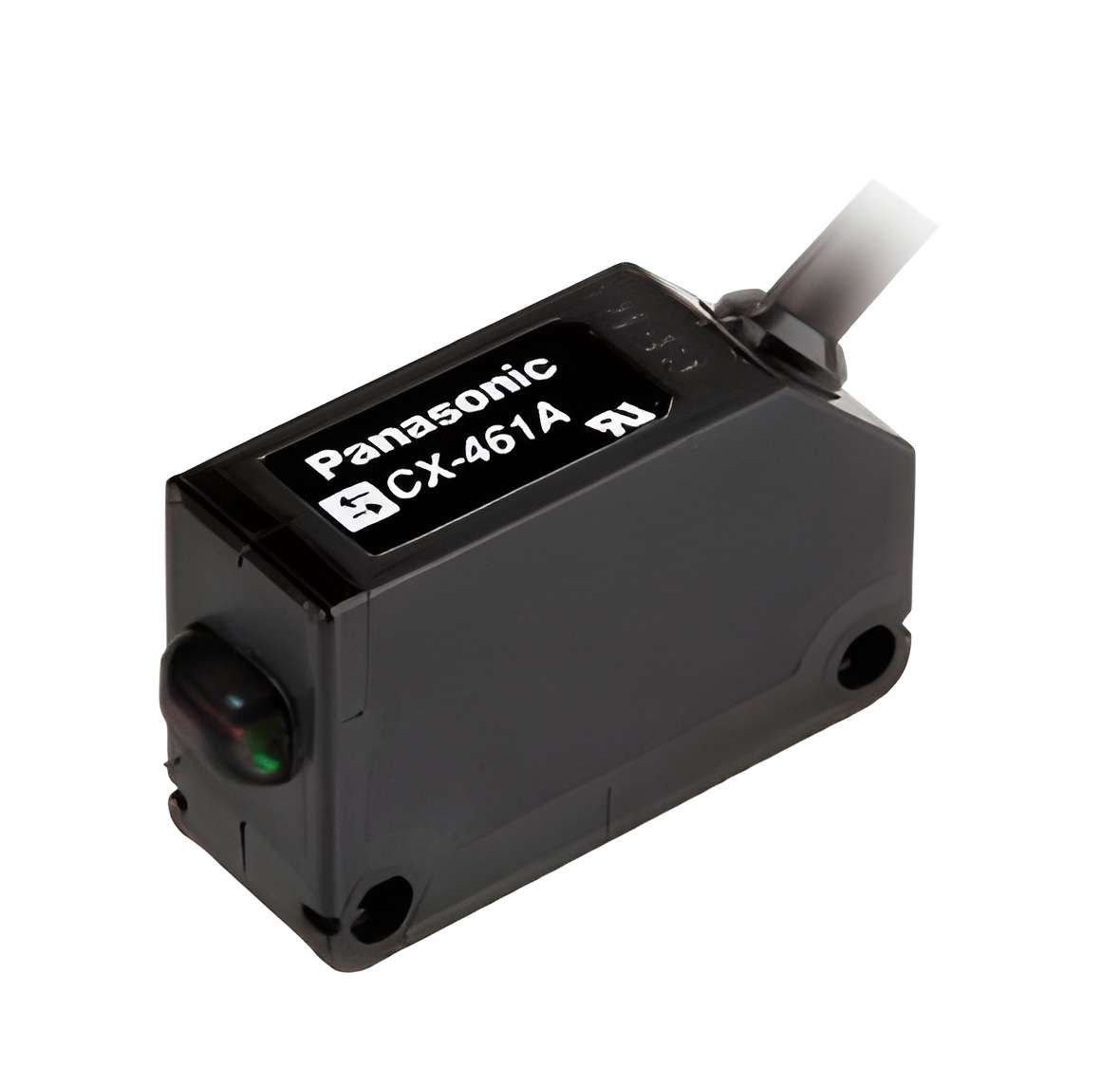Panasonic CX-461B-C05 Sensor: Advanced Performance for Industrial Applications
The CX-461B-C05 sensor is an advanced solution tailored to meet the rigorous demands of modern industrial applications. Designed with precision reflective technology, it ensures high accuracy, durability, and operational efficiency. In this guide, we explore its specifications, benefits, and practical applications.
Technical Specifications of the Panasonic CX-461B-C05 Sensor
The CX-461B-C05 sensor is engineered for top-notch performance. Here are its standout features:
- Detection Range: Capable of detecting objects up to 1.2 meters with precision.
- Reflective Technology: Advanced optics for reliable performance in complex environments.
- Sensitivity Adjustment: Adjustable settings to cater to various industrial needs.
- Durability: Designed with IP67-rated housing for resistance to dust and water.
- Power Requirements: Operates efficiently with 12-24V DC power.
- Fast Response Time: Less than 1 millisecond response for time-critical operations.
Industrial Applications of the Panasonic CX-461B-C05 Sensor
The versatility of the CX-461B-C05 sensor makes it suitable for a wide range of applications:
- Automation Systems: Ensures precise object detection and enhances robotic processes.
- Manufacturing Lines: Facilitates sorting, positioning, and quality control in production lines.
- Warehouse Management: Optimizes inventory tracking and material handling.
- Heavy-Duty Applications: Performs reliably in challenging industrial environments.
- Factory Use: Ideal for detecting machinery components and streamlining operations.
Why Choose the Panasonic CX-461B-C05 Sensor?
The CX-461B-C05 sensor offers unmatched advantages for industrial settings:
- Reliable Performance: High accuracy detection minimizes errors and downtime.
- Cost-Effective: Durable design reduces maintenance costs over time.
- Customizable Settings: Adjustable sensitivity ensures adaptability across industries.
- Ease of Installation: Comes with a comprehensive installation guide for quick setup.
How to Install the Panasonic CX-461B-C05 Sensor
Proper installation is critical to unlocking the full potential of the CX-461B-C05 sensor. Follow these steps:
- Secure the sensor on a stable surface using the mounting brackets provided.
- Connect the power supply to a 12-24V DC source.
- Adjust sensitivity settings using the configuration tool.
- Test the sensor with sample objects to ensure accuracy and performance.
Buying Guide for the Panasonic CX-461B-C05 Sensor
When purchasing the CX-461B-C05 sensor, consider the following:
- Application Needs: Ensure the sensor’s specifications match your industrial requirements.
- Budget: Compare prices across suppliers to find competitive deals.
- Support: Choose a seller offering installation guidance and technical support.
Frequently Asked Questions
What is the detection range of the CX-461B-C05 sensor?
The CX-461B-C05 sensor offers a detection range of up to 1.2 meters, ensuring precise object detection.
Can the sensitivity be adjusted?
Yes, the sensor includes adjustable sensitivity settings to accommodate various industrial applications.
Is the CX-461B-C05 sensor suitable for outdoor use?
With its IP67-rated housing, the sensor is resistant to dust and water, making it suitable for outdoor and harsh environments.
Where can I buy the CX-461B-C05 sensor?
You can purchase the CX-461B-C05 sensor online through authorized retailers and industrial suppliers.
Does the sensor come with an installation guide?
Yes, a comprehensive installation guide is included to assist with setup and calibration.
Conclusion
The CX-461B-C05 sensor is a robust, high-performance solution for diverse industrial applications. Its reflective technology, adjustable sensitivity, and durable design make it an ideal choice for automation systems, factories, and heavy-duty operations. Invest in the CX-461B-C05 sensor today to enhance your operational efficiency!
Related Articles: Learn more about the Photoelectric sensors by reading our blog on What is a Photoelectric Sensor?

